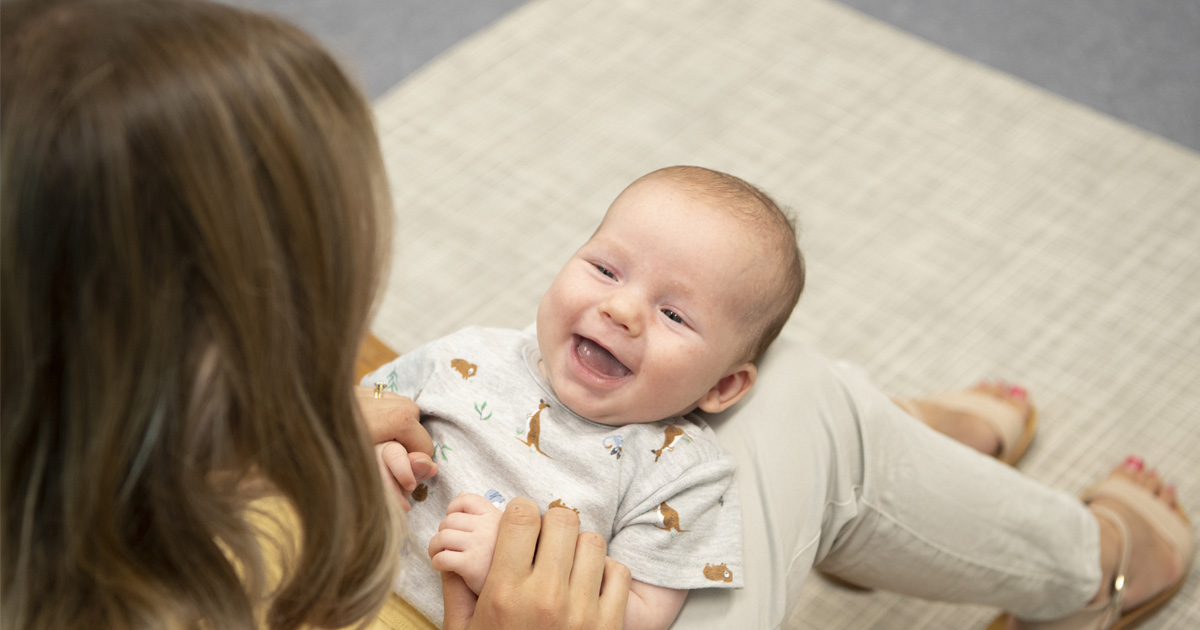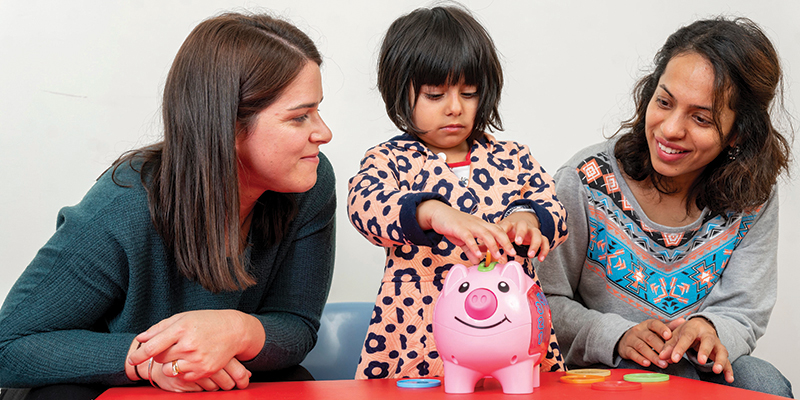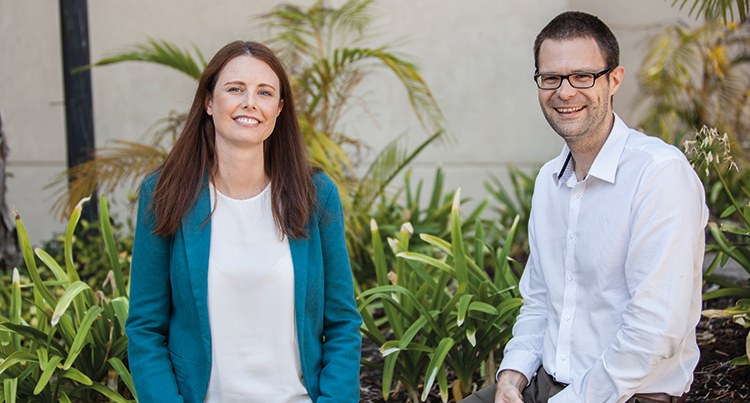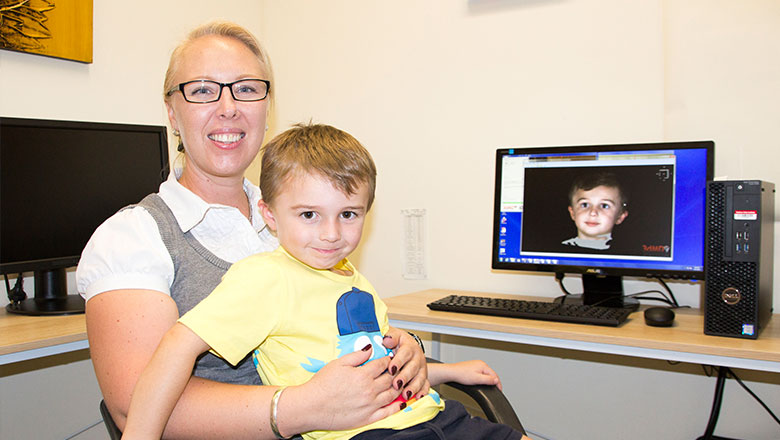Search

Australia’s first national guideline for supporting the learning, participation and wellbeing of autistic children and their families.

News & Events
News you can use – How you can support your child while you wait for a diagnosisThe Kids Research Institute Australia's Professor Andrew Whitehouse and Sarah Pillar share four things families can do to support their child while waiting to receive an ADHD or autism diagnostic assessment.

News & Events
Therapy for babies with signs of autism cuts long-term disability costsNew research evaluating the potential cost savings of a therapy for babies displaying early autism signs has predicted a three dollar return to Australia’s National Disability Insurance Scheme (NDIS) for every dollar invested in therapy.

News & Events
Unique CliniKids a marriage of research and practiceA unique new model developed by the The Kids autism research team marries cutting-edge research with clinical practice to offer families innovative, evidence-based interventions designed to help kids reach their full potential.

News & Events
New autism guideline a lifeline for familiesProfessor Andrew Whitehouse tells how Australia’s first national guideline for the diagnosis of autism spectrum disorder is going to transform the way the condition is assessed and managed, vastly improving the experience for families.

News & Events
3D face scanner could improve early diagnosis for kids with autismCan you see signs of autism in a child's facial features? Telethon Kids researchers have acquired new face scanning technology to help answer this question.
Research
Autism and intellectual disability are differentially related to sociodemographic background at birthWe used population data on Western Australian singletons born from 1984 to 1999 (n = 398,353) to examine the sociodemographic characteristics of children...
Research
Fetal androgen exposure and pragmatic language ability of girls in middle childhoodPrenatal exposure to testosterone has been shown to affect fetal brain maturation as well as postnatal cognition and behavior in animal studies.
Research
Fetal androgen exposure and pragmatic language ability of girls in middle childhood:This is the first prospective study to identify an association between early life testosterone exposure and pragmatic language difficulties in girls
Research
Cerebral dominance for language function in adults with specific language impairment or autismA link between developmental language disorders and atypical cerebral lateralization has been postulated since the 1920s, but evidence has been indirect and...
